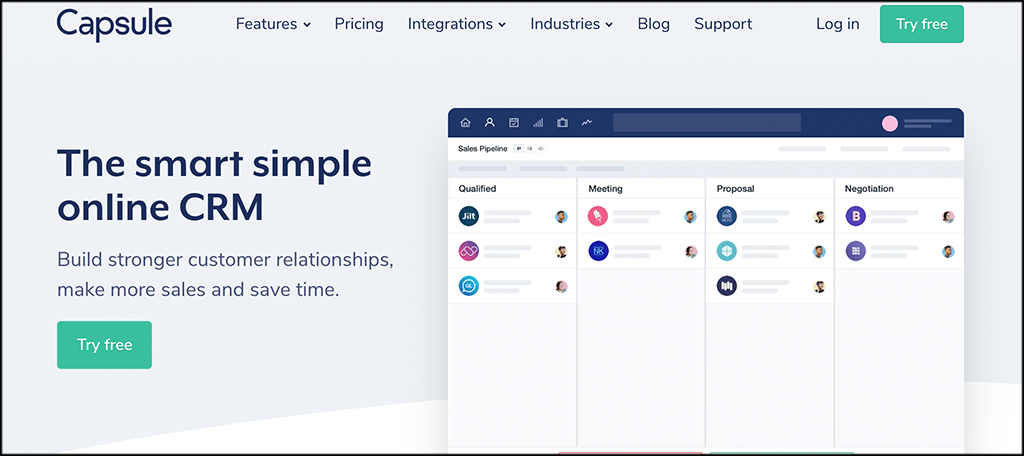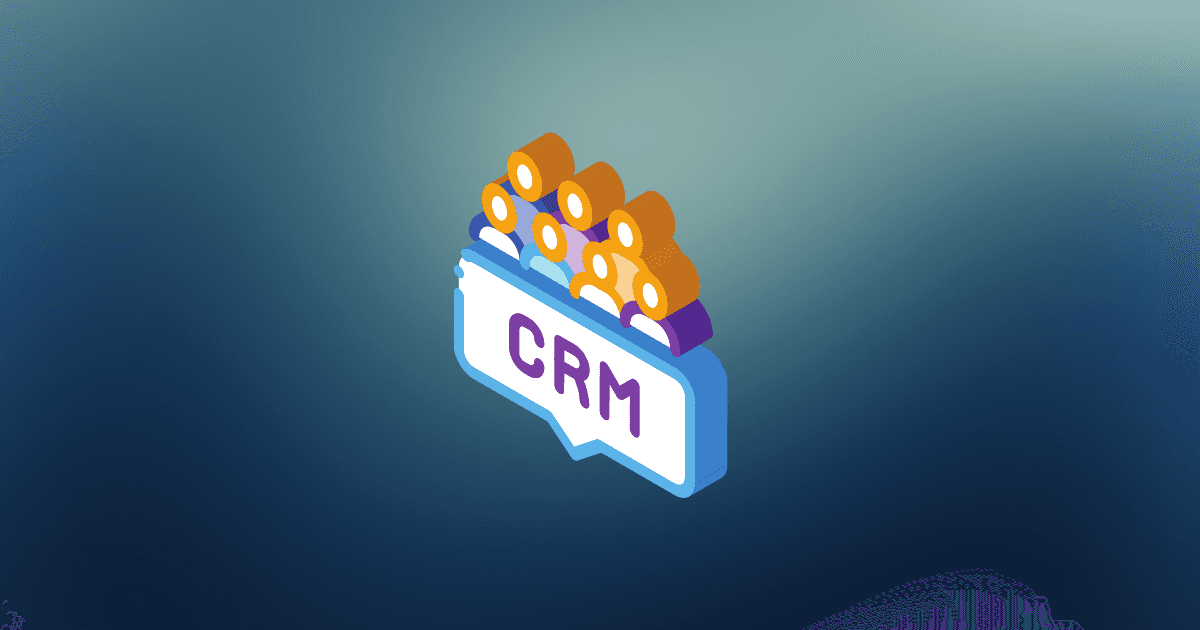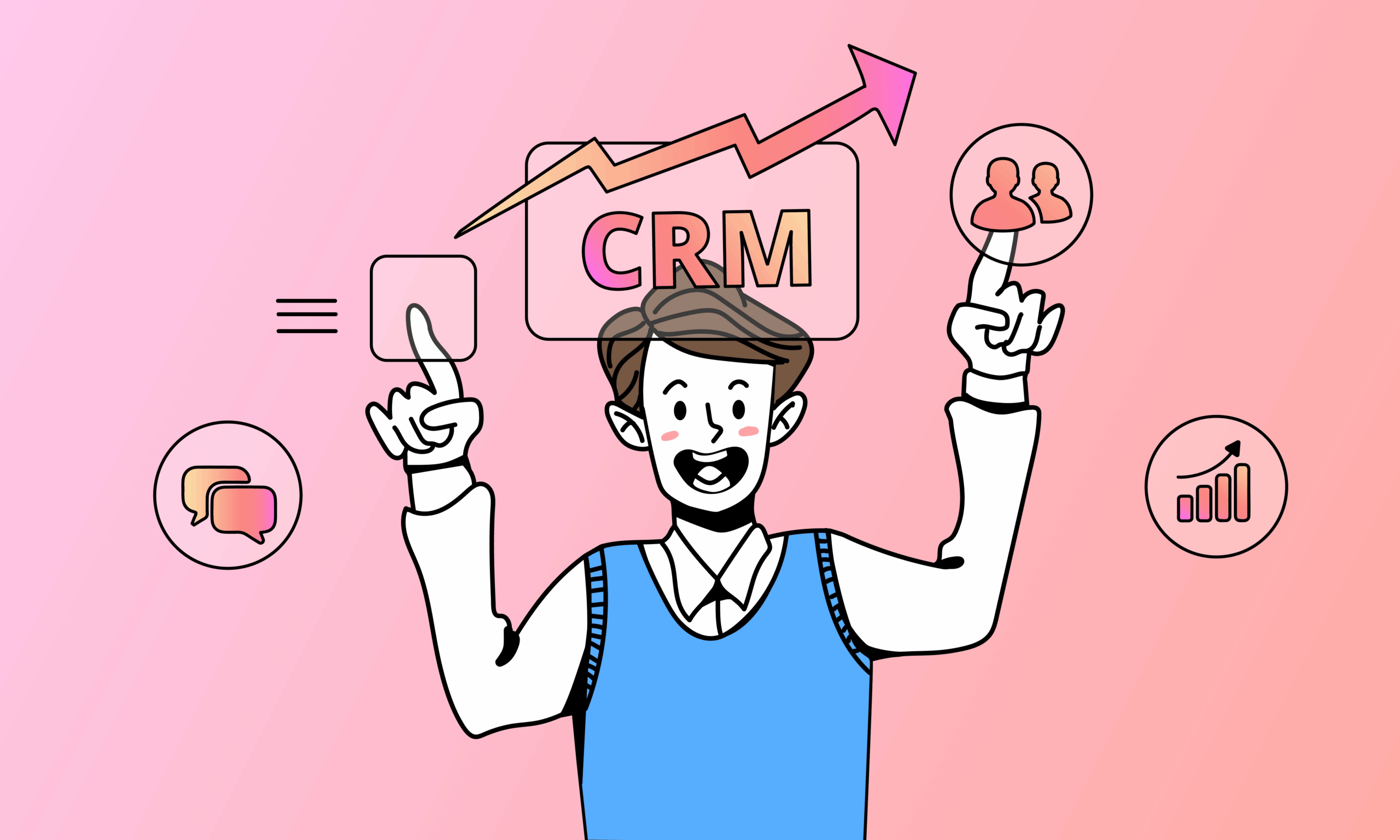
Unlocking Artistic Success: The Best CRM Systems for Small Artists in 2024
Being a small artist is a beautiful, challenging, and often chaotic endeavor. You’re not just creating art; you’re running a business. This means managing everything from your creative process to your finances, marketing, and, most importantly, your relationships with your audience. In the digital age, a Customer Relationship Management (CRM) system isn’t just a luxury; it’s a necessity for artists looking to thrive. It’s the central hub for organizing your contacts, tracking interactions, managing sales, and ultimately, building a sustainable artistic career.
This guide will delve into the best CRM systems tailored specifically for small artists. We’ll explore their features, pricing, and how they can help you streamline your workflow, connect with your fans, and take your art business to the next level. Get ready to transform your artistic passion into a thriving enterprise.
Why Small Artists Need a CRM
You might be thinking, “I’m an artist, not a salesperson!” But even the most introverted artists need to engage with their audience and manage their business effectively. Here’s why a CRM is crucial:
- Centralized Contact Management: Say goodbye to scattered spreadsheets and overflowing email inboxes. A CRM organizes all your contacts – collectors, galleries, potential clients, and fans – in one place.
- Improved Communication: Easily send personalized emails, newsletters, and updates to different segments of your audience.
- Sales Tracking: Monitor your sales, track invoices, and manage your inventory, all in one place.
- Enhanced Marketing: Integrate with social media and email marketing tools to promote your art and reach a wider audience.
- Time Savings: Automate repetitive tasks, freeing up your time to focus on what you do best: creating art!
- Better Customer Relationships: Build stronger relationships with your audience by remembering their preferences, purchase history, and interactions.
Key Features to Look for in a CRM for Artists
Not all CRMs are created equal. For artists, certain features are more critical than others. Here’s what to look for:
- Contact Management: Robust contact organization with the ability to add custom fields for artist-specific information (e.g., preferred medium, art collection interests, purchase history).
- Communication Tools: Email marketing integration, the ability to send personalized emails, and options for segmenting your audience.
- Sales Tracking: Invoice generation, sales reporting, and the ability to track payments.
- Inventory Management: A system to track your artwork, its status (available, sold, in a gallery), and its location.
- Integration Capabilities: Integration with your website, social media platforms, email marketing services, and payment gateways.
- Reporting and Analytics: Track key metrics such as sales, website traffic, and email engagement to measure your progress.
- User-Friendly Interface: An intuitive design that’s easy to learn and use, even if you’re not tech-savvy.
- Affordable Pricing: Options that fit your budget, especially if you’re just starting out. Look for free trials or affordable plans.
Top CRM Systems for Small Artists
Let’s explore some of the best CRM systems specifically designed or well-suited for artists:
1. Dubsado
Overview: Dubsado is a powerful CRM that caters to creatives and small businesses. It’s known for its robust features and ability to automate many aspects of your workflow.
Key Features for Artists:
- Project Management: Manage projects from start to finish, track deadlines, and collaborate with team members (if you have any).
- Forms and Questionnaires: Create custom forms for inquiries, commissions, and client onboarding.
- Contracts: Generate and send contracts directly within the platform.
- Invoicing and Payments: Create professional invoices, accept payments, and track your financial transactions.
- Scheduling: Integrate with your calendar to schedule appointments and manage your time effectively.
Pros:
- Highly customizable to fit your specific needs.
- Extensive automation capabilities.
- Excellent for managing client relationships.
Cons:
- Can be overwhelming for beginners due to its extensive features.
- Steeper learning curve compared to simpler CRMs.
Pricing: Dubsado offers a variety of pricing plans to suit different needs. They also have a free trial to test their services.
2. HoneyBook
Overview: HoneyBook is a popular CRM designed specifically for creative entrepreneurs. It focuses on streamlining the client experience and simplifying project management.
Key Features for Artists:
- Client Communication: Centralized communication with clients through messages, emails, and project portals.
- Proposals and Contracts: Create professional proposals and contracts that are easy to customize and send.
- Invoicing and Payments: Manage invoices, accept payments, and track financial transactions.
- Project Management: Track projects, set deadlines, and collaborate with clients.
- Workflow Automation: Automate repetitive tasks to save time and improve efficiency.
Pros:
- User-friendly interface, making it easy to learn and use.
- Focus on client experience.
- Strong project management features.
Cons:
- Can be expensive for artists on a tight budget.
- Fewer customization options compared to Dubsado.
Pricing: HoneyBook has pricing plans that are based on the number of projects you handle annually. They also have a free trial period.
3. Zoho CRM
Overview: Zoho CRM is a versatile CRM platform with a wide range of features, making it suitable for businesses of all sizes, including artists. It offers a free plan for small teams.
Key Features for Artists:
- Contact Management: Organize your contacts and track interactions.
- Lead Management: Capture and nurture leads from various sources.
- Email Marketing Integration: Integrate with Zoho Campaigns or other email marketing services.
- Sales Automation: Automate sales processes, such as follow-up emails and task creation.
- Reporting and Analytics: Track key metrics to measure your performance.
Pros:
- Free plan available for small teams.
- Versatile and customizable.
- Offers a wide range of integrations.
Cons:
- Can be complex to set up and configure initially.
- The free plan has limited features.
Pricing: Zoho CRM offers a free plan for up to three users and various paid plans with more features and storage.
4. Pipedrive
Overview: Pipedrive is a sales-focused CRM that’s known for its simplicity and ease of use. It’s a great option for artists who are focused on sales and building their client base.
Key Features for Artists:
- Pipeline Management: Visualize your sales process and track deals through different stages.
- Contact Management: Organize your contacts and track interactions.
- Email Integration: Integrate with your email provider to track communications.
- Automation: Automate repetitive tasks, such as sending follow-up emails.
- Reporting and Analytics: Track your sales performance and identify areas for improvement.
Pros:
- User-friendly interface.
- Focus on sales and pipeline management.
- Easy to set up and use.
Cons:
- May lack some features compared to other CRMs.
- Not as customizable as some other options.
Pricing: Pipedrive offers various pricing plans based on the number of users and features.
5. Airtable
Overview: Airtable is a versatile, spreadsheet-database hybrid that can be adapted for CRM purposes. It’s a good option for artists who want a flexible and customizable solution.
Key Features for Artists:
- Contact Management: Store contact information and track interactions.
- Inventory Management: Track your artwork, its status, and location.
- Project Management: Manage commissions, exhibitions, and other projects.
- Customization: Highly customizable to fit your specific needs.
- Integration: Integrate with other apps and services.
Pros:
- Highly flexible and customizable.
- Easy to visualize data.
- Free plan available.
Cons:
- Can require more setup and configuration than other CRMs.
- Not specifically designed as a CRM, so some features may be missing.
Pricing: Airtable offers a free plan and various paid plans with more features and storage.
Choosing the Right CRM for Your Art Business
The best CRM for you will depend on your specific needs, budget, and technical skills. Here’s a simple guide to help you choose:
- If you need a comprehensive solution with extensive automation: Consider Dubsado.
- If you want a user-friendly CRM focused on the client experience: Consider HoneyBook.
- If you want a versatile and affordable CRM with a free plan: Consider Zoho CRM.
- If you’re focused on sales and building your client base: Consider Pipedrive.
- If you want a flexible and customizable solution: Consider Airtable.
Consider these questions:
- What are your most important needs? (e.g., contact management, sales tracking, email marketing)
- What is your budget?
- How tech-savvy are you?
- Do you need a CRM specifically designed for creatives, or are you comfortable with a more general CRM?
- What integrations do you need? (e.g., website, social media, email marketing)
Take advantage of free trials or demos to test out different CRM systems before committing to a paid plan. This will allow you to see which one best fits your workflow and your artistic needs.
Tips for Implementing a CRM
Once you’ve chosen a CRM, here are some tips for successful implementation:
- Import Your Data: Import your existing contacts, sales records, and other relevant information into the CRM.
- Customize the System: Tailor the CRM to your specific needs by adding custom fields, creating workflows, and setting up integrations.
- Train Yourself: Take the time to learn how to use the CRM effectively. Watch tutorials, read documentation, and experiment with different features.
- Clean Up Your Data: Ensure your data is accurate and up-to-date to avoid errors and inefficiencies.
- Automate Tasks: Use automation features to streamline your workflow and save time.
- Integrate With Your Existing Tools: Connect your CRM with your website, social media platforms, email marketing services, and other tools to create a seamless workflow.
- Regularly Review and Refine: Regularly review your CRM usage and make adjustments as needed.
Beyond CRM: Other Tools for Artists
While a CRM is a central hub, it’s often used in conjunction with other tools to streamline your art business. Here are some examples:
- Email Marketing Platforms: Mailchimp, Constant Contact, and ConvertKit are great for sending newsletters, announcements, and marketing emails to your audience.
- Social Media Management Tools: Hootsuite, Buffer, and Later can help you schedule posts, track analytics, and manage your social media presence.
- Website Builders: Squarespace, Wix, and WordPress (with WooCommerce) are popular options for creating an online portfolio and selling your art.
- Accounting Software: QuickBooks, Xero, and FreshBooks can help you manage your finances, track expenses, and generate invoices.
- Online Galleries and Marketplaces: Platforms like Etsy, Saatchi Art, and Artfinder can help you reach a wider audience and sell your art.
The Future of CRM for Artists
The world of CRMs is constantly evolving, and the future holds exciting possibilities for artists. Here are some trends to watch:
- AI-Powered Features: Expect to see more AI-powered features, such as automated email responses, personalized recommendations, and predictive analytics.
- Enhanced Integration: CRMs will continue to integrate with more tools and platforms, creating a more seamless workflow for artists.
- Mobile Optimization: With artists often on the go, mobile-friendly CRMs will become increasingly important.
- Focus on User Experience: CRM developers will continue to focus on creating user-friendly interfaces and intuitive designs.
- Specialized Features: Expect to see more CRMs tailored specifically for artists, with features designed to meet their unique needs.
Conclusion: Embrace the Power of CRM
In the competitive world of art, a CRM is no longer optional; it’s an essential tool for success. By choosing the right CRM and implementing it effectively, you can streamline your workflow, build stronger relationships with your audience, and ultimately, take your art business to new heights. So, embrace the power of CRM and start building the art career of your dreams!

